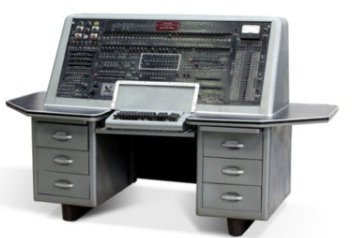History of computers
Abacus – History of computers
Abacus is the first computing device. Abacus was designed to perform some basic operations like addition and multiplications etc. Abacus was not just like a modern computer. The structure of abacus was consist of horizontal wires and beads on the wires.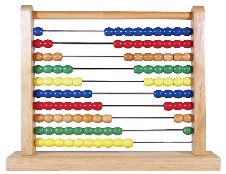
John Napier’s Bone – History of computers
John developed the logarithms to perform calculations more efficient than Abacus. It was designed in the early 17th century. This device was ideally used by accountants of the 19th century. Napier’s bone uses the slide rule. The slide rule was very helpful in the calculations of the square root and other important mathematical operations. Figure: John Napier’s BonePascaline – History of computers
Pascal introduced the Pascaline machine. Pascaline was first introduced in 1642. Pascaline contains wheels and each wheels having the digits from 0 to 9.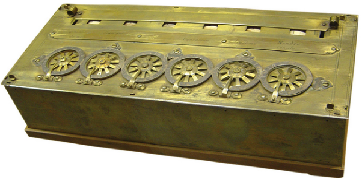
Difference engine and analytical engine – History of computers
In 1822, a mathematician Charles Babbage invented the difference engine. After some years, in 1842, he developed the analytical engine. The analytics engines were automatic and can perform approximately 60 additions per minute.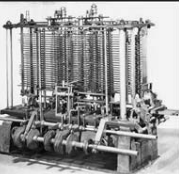
Binary system – History of computers
Today’s computer based on the binary system and this credit goes to the George Boole. Binary means 0 or 1. O means off and 1 means on.Mark 1 Computer – History of computers
Mark 1 was first fully automatic calculating machine. Mark 1 was designed by Howard. Mark 1 was a reliable machine but very huge in size.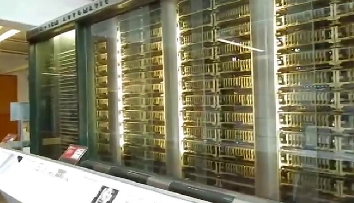
ENIAC– History of computers
ENIAC is the Electronic Numerical Integrator and calculator. ENIAC was invented by J.P. Eckert and John Mauchly in 1946. It was the first electronic computer. Its size is very big. ENIAC consumed approximately 140 KiloWatts of power. ENIAC speed is very fast. ENIAC can perform approximately 5000 additions per second.
EDVAC (1946-1952)– History of computers
EDVAC is the Electronic Discrete Variable Automatic calculator. EDVAC was one of the earliest large mainframe computers to be built in the 1940s. EDVAC was the first computer that works on the binary systems. The EDVAC is the successor of the ENIAC. EDVAC was designed by the Mauchly and Eckert.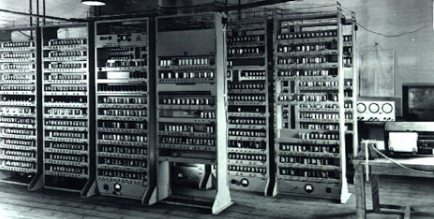
UNIVAC– History of computers
UNIVAC stands for Universal Automatic Computer. The UNIVAC was the first computer available commercially in the market. The UNIVAC is structured with thousands of vacuum tubes that utilizes switches and punch cards for inputting the data and punch cards for the data storage and display.